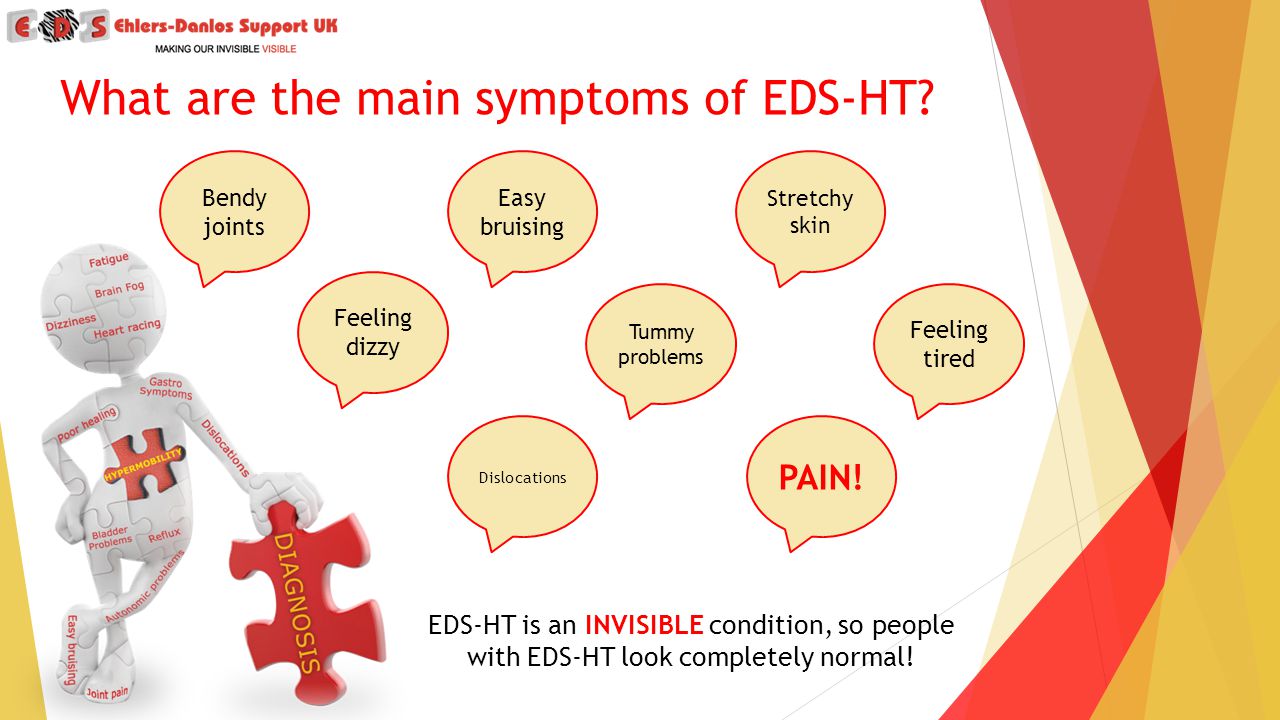Coping With Chronic Pain: Interview With Blogger “Slightly Distressed Damsel”
Coping With Chronic Pain: Interview With Blogger “Slightly Distressed Damsel”
-Dave McNamara
(Note: This Interview Will be Published in Two Parts)
Imagine you’re a young college student pursuing a career in a highly intense industry, and you start experiencing physical symptoms of pain. And what if that pain then becomes the beginning of a complex of chronic pain that becomes a part of your life? This was the case with Erica S. Erica was enrolled in a Fashion program when her onset of a series of conditions began. After an arduous journey into this new phase of her life, Erica decided in 2011 to start a blog chronicling her various diagnoses and issues in dealing with chronic pain.
Now 25 years old and living in London, I contacted Erica - whose blog moniker is “Slightly Distressed Damsel” - and asked if I may ask her some questions. She gracefully accepted. The interview was conducted via email and was shortened for space constraints. Hopefully, Erica’s story will inspire others living with chronic pain that it doesn’t signal the end of a meaningful, happy life.
You can visit Erica’s blog at slightlydistresseddamsel.com

INTERVIEW
Q: Thanks for taking the time to answer these questions! First off: how are you feeling lately?
E: I am happy to do it! Comparatively to a year ago, much better. I am now training in boxing (!!) with a PT [Physical Therapist]. That is where my pain is coming from today, but I have found some pretty good med combinations and techniques to make it manageable.
Q: Can you briefly explain to the readers what your condition is?
E: My "primary" diagnosis is Ehlers Danlos Syndrome-Hypermobility (Type III), but within the last year or so, I have also been diagnosed with Mast Cell Activation Disorder (MCAD), Postural Orthostatic Tachycardia Syndrome (POTS) and Myofascial Pain Syndrome.
EDS is a connective tissue disorder. It makes everything super stretchy and bendy: veins, vessels, joints, muscle tissue, heart problems, GI problems, swallowing problems: the list goes on.
MCAD is an immunological condition where mast cells inappropriately and excessively release chemical mediators from many triggers (foods high in histamine, temperature changes, even mood changes) releasing histamine and tryptase. Sadly, there’s still not a whole lot of research on this one.
POTs is an autoimmune disorder. It affects heart rate, dizziness, and sometimes involves fainting. Usually, there's a lot of sweating and blood-pulling, headaches, nausea, blurred vision, etc.
Lastly, Chronic Myofascial Pain is a chronic pain disorder where “knots” (what we call trigger points) form in the connective tissue and fascia, usually in the back, but can be all over your body. It creates spasms, radiates pain and can even cause pain in other parts of the body.
A few months ago, I posted a link on my wall explaining the combination, specifically with MCAD: https://vimeo.com/142039306
Q: What prompted you to start a blog?
E: I had been considering some form of it for some time. When I first got diagnosed, I was completely traumatized. I knew no one dealing with what I had. I wanted to find someone who had been through the thick of it and was a "success story,” so I attempted to become that person. I had seen some of the best doctors in the country who handle rare cases like mine. A lot of people aren't in a position to see these kinds of doctors. I got better, had a lot of good information, and always felt information like this needs to be shared, even at the cost of my privacy. I made sure when I started my blog its purpose was very clearly stated as either fact or my own personal experience.
Q: It seems like social media has been important in connecting you with people you wouldn’t have otherwise. Is that correct?
E: Social media has played a huge part. When I write an article, it gets tweeted, linked to many Facebook groups, where anyone could find my email. I was getting sometimes 15 emails a day from complete strangers: some of whom I still keep in touch with. Many have told me my blog was a great inspiration: that someone else could empathize with what they were going through. That’s always nice to hear.
Social Media was also pretty much the only way I could "stay relevant" and keep up with friends.
Q: I really appreciated you telling your own personal story. Do you find writing about it to be therapeutic?
E: Thank you. It was a hard one to tell! Initially, I found it stressful. I had no idea how people would respond. It scared me to make myself publicly vulnerable. But now, I don't need to be asked what I am constantly dealing with because people know! Writing a blog really helped me cope. My doctors were even reading and sending it to other patients and colleagues! I've always liked writing but it doesn’t come naturally to me. It's something I have to think about and work on. I try to be tactful and choose my words carefully. I try to be funny and light but get my point across. I also include a lot of GIFs because I know people with similar problems have trouble reading for long periods of time. I really didn’t want to make it depressing.
(end of Part I)
